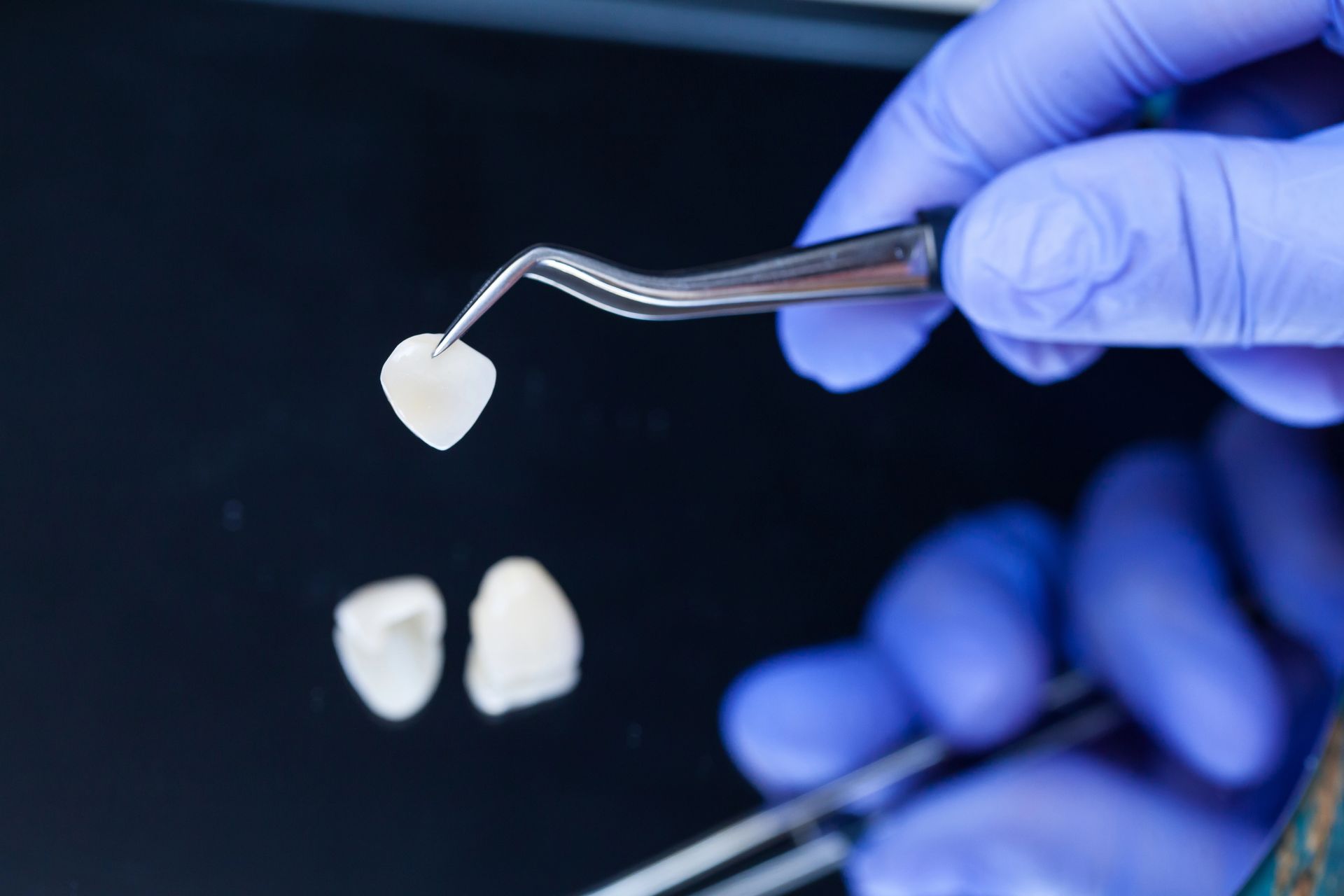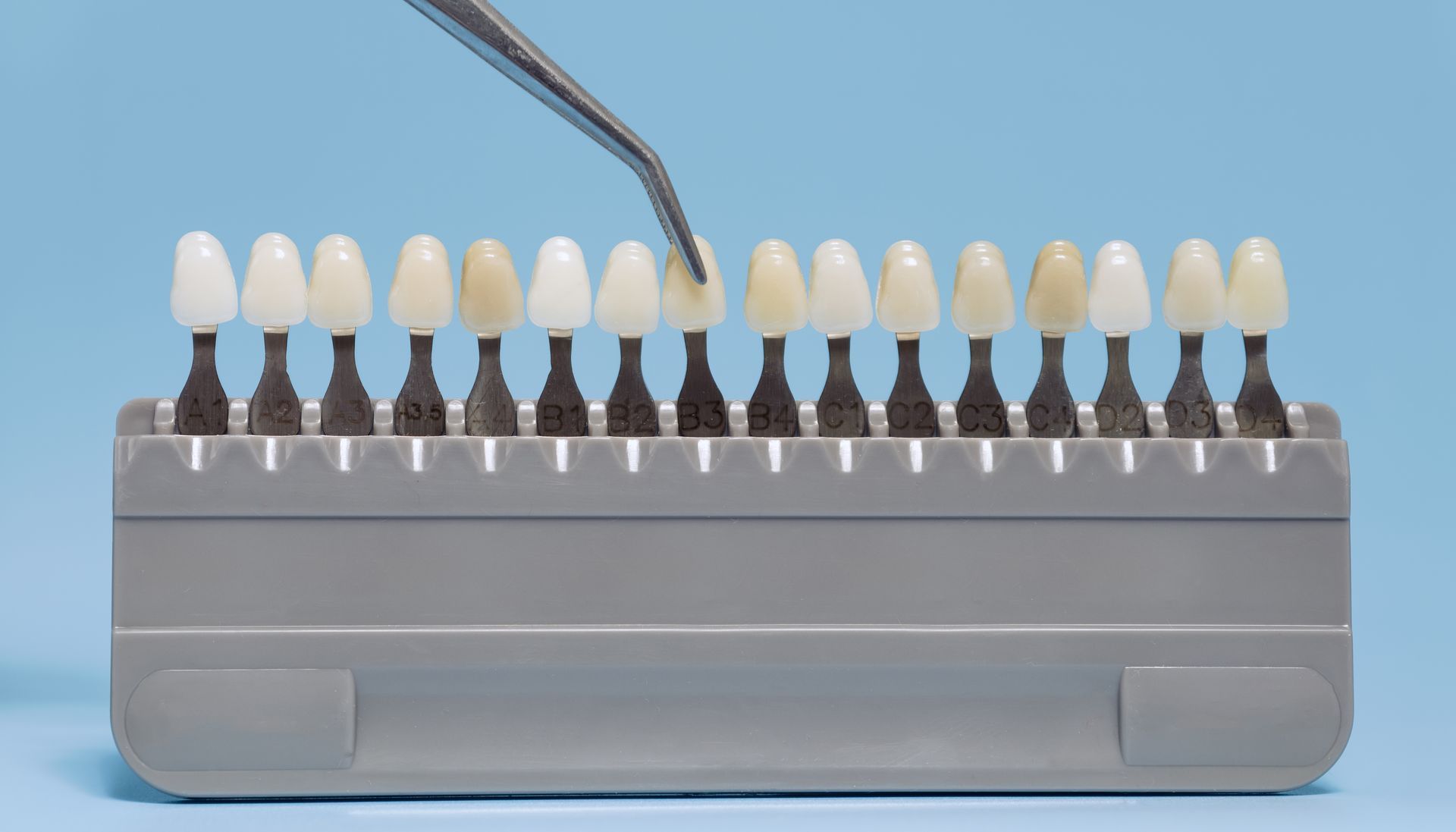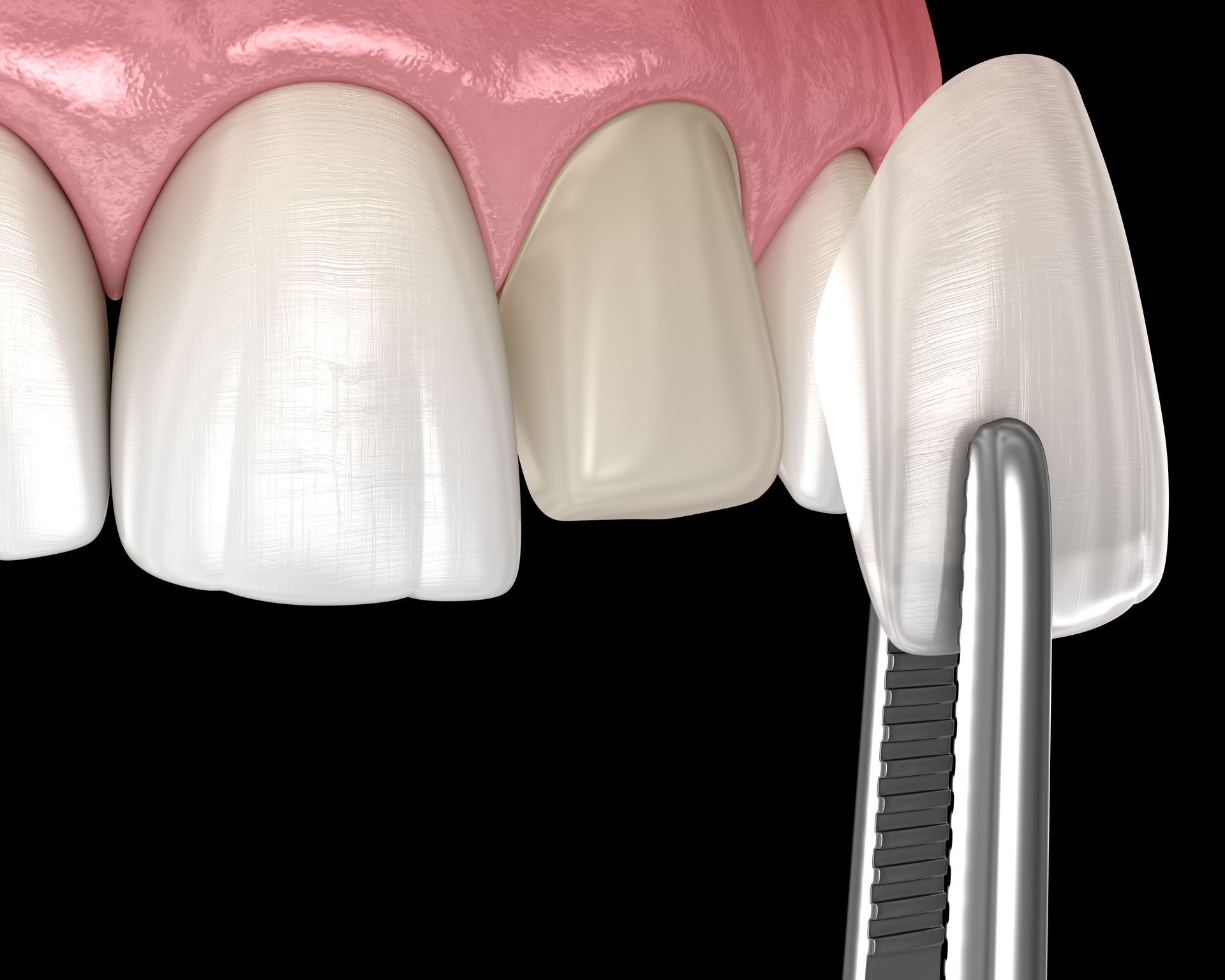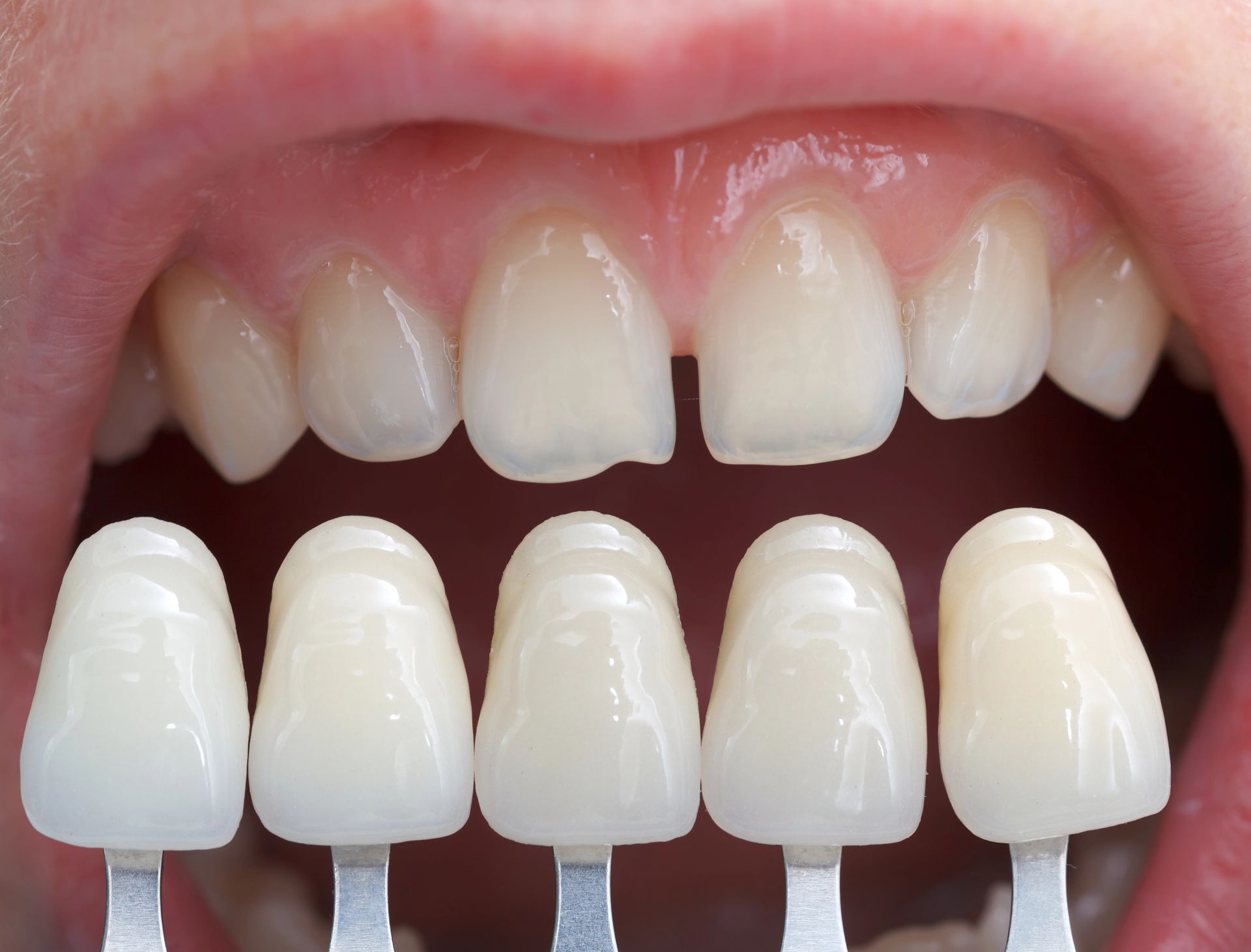


A permanent tooth filling is a dental procedure used to restore the function and integrity of a tooth affected by decay or damage. It ensures long-term protection and stability, maintaining oral health effectively.
Permanent Tooth Filling
Understanding the types of permanent fillings available is essential for maintaining oral health. Common types include:
- Amalgam Fillings: Durable and often used in molars for chewing pressure.
- Composite Resin Fillings: Tooth-colored, ideal for visible areas due to their natural appearance.
- Gold Fillings: Long-lasting and strong, suitable for durability and resistance to wear.
- Ceramic Fillings: Natural-looking and stain-resistant, popular for aesthetics.
Each type of filling offers unique benefits and caters to specific dental needs and preferences.
Materials Used in Fillings
Materials commonly used for permanent fillings include:
- Amalgam: Known for durability and strength, ideal for molars.
- Composite Resins: Aesthetic and blend with natural teeth.
- Gold: Highly durable and biocompatible, lasting many years.
- Porcelain: Natural appearance with excellent stain resistance.
The choice of material often depends on the patient’s dental needs and aesthetic preferences.
Procedure for Tooth Fillin
The procedure for a permanent tooth filling typically involves:
- Numbing: The area around the affected tooth is numbed for comfort.
- Decay Removal: Decayed portions are removed using specialized tools.
- Cavity Cleaning: The cavity is cleaned to prevent further infection.
- Filling Placement: The cavity is filled with the chosen material.
- Shaping and Polishing: The filling is shaped and polished to match the natural tooth.
This quick procedure effectively restores the tooth's function and appearance.
Benefits of Permanent Fillings
Permanent fillings provide:
- Durable protection against decay or damage.
- A seamless and natural appearance.
- Preservation of the tooth’s structural integrity.
- Prevention of more extensive dental procedures in the future.
Longevity of Tooth Fillings
The lifespan of permanent fillings varies by material:
- Amalgam: 10 to 15 years.
- Composite Resin: 5 to 7 years.
- Gold: Over 15 years.
- Porcelain: Often exceeds 15 years with proper care.
Regular dental check-ups help monitor the condition of fillings.
Common Filling Complications
Potential complications with permanent fillings include:
- Sensitivity to hot or cold temperatures.
- Improper fit leading to discomfort or biting issues.
- Wear and tear over time requiring replacement.
Being aware of these issues helps individuals seek timely professional advice.
Cost Factors for Fillings
Costs for permanent fillings depend on:
- Material Used: Amalgam, composite, gold, or porcelain varies in price.
- Cavity Size and Location: Larger or more complex fillings may cost more.
- Geographic Location: Urban areas often have higher costs.
- Dentist’s Expertise: Specialized care may increase expenses.
Understanding these factors aids in financial planning for dental care.
Aftercare for Filled Teeth
Proper aftercare ensures the longevity of permanent fillings:
- Maintain good oral hygiene through brushing and flossing.
- Monitor for discomfort or sensitivity post-procedure.
- Attend regular dental check-ups to ensure the filling remains intact.
These practices help preserve the functionality and health of filled teeth.
Comparing Fillings and Alternatives
Permanent tooth fillings are commonly used to repair cavities. Alternatives include:
- Crowns: Cover the entire tooth for extensive damage.
- Inlays and Onlays: Cover part of the tooth for a more conservative approach.
Each option suits different dental needs, making it important to evaluate individual circumstances.
Conclusion
Understanding the importance of permanent tooth fillings helps maintain dental health. For further insights or to discuss your dental needs, call 803-573-4577.








